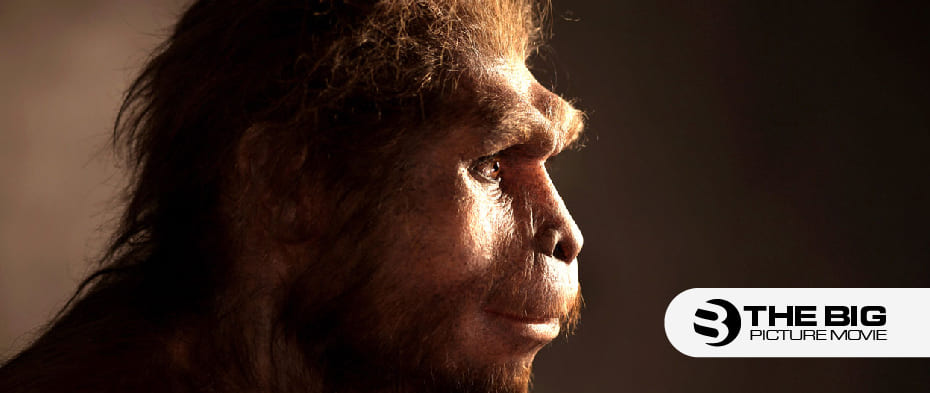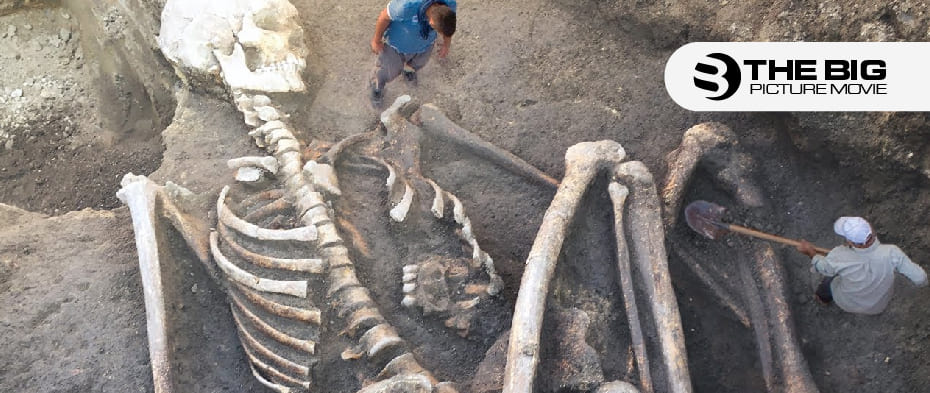
Evolution And Origin of Man
The Evolution of man has probably been the most debated issue in evolutionary biology over the last few decades.
What Is Evolution of Man?
It is the long process of change in which people originated from apelike ancestors. Scientific evidence tells us that people’s physical and behavioral traits originated from apelike ancestors and evolved over approximately six million years.
One of the earliest human defining traits is bipedalism, the ability to walk on two legs. Other important human characteristics include a large and complex brain, the ability to make and use tools, and the capacity for language.
Moreover, many advanced traits such as complex symbolic expression, art, and elaborate cultural diversity emerged over the past 100,000 years.
Where Did Man Originate From?
However, humans are primates. In terms of physical and genetic similarities show that the modern human species, Homo sapiens, has a very close relationship with another primate species, the apes.
Humans and the great apes of Africa, like chimpanzees (including bonobos, or so-called “pygmy chimpanzees”) and gorillas, share a common ancestor that lived between 8 and 6 million years ago.
Humans first evolved and much of its evolution occurred in Africa. The fossils of early humans who resided between 6 and 2 million years ago come entirely from Africa.
Also, scientists debate how to identify and classify particular species of early humans and what factors influenced the evolution and extinction of each species.
History of Man Evolution
First, early humans migrated from Africa to Asia between 2 million and 1.8 million years ago.
They went to Europe between 1.5 million and 1 million years. Then species of modern humans populated many other parts of the world later.
For example, people first came to Australia within the past 60,000 years and to the Americas within 30,000 years.
However, the beginning of agriculture and the rise of the first civilization occurred within the past 12,000 years.

What Is Paleoanthropology
It is the scientific study of man evolution. Paleoanthropology is a subfield of anthropology studying human culture, society, and biology. This field involves an understanding of the similarities and contrast between humans and other species in their genes, body form, physiology, and behavior.
Paleoanthropologists investigate the roots of human physical traits and behavior. They search to discover how evolution has shaped all people’s potentials, tendencies, and limitations.
It is an exciting scientific field for many people because it searches for the origin of our species’ universal and defining traits over millions of years.
Early human fossils and archeological remains give the most important clues about the ancient past. These remains include bones, tools, and other evidence such as footprints, evidence of hearths, or butchery marks on animal bones left by earlier people.
While studying fossilized bones found from the ground, scientists learn about the physical appearance of earlier humans and how it changed. Bone size, shape, and markings left by muscles explain how those predecessors moved around, held tools, and how their brain size changed over a long time.
The Process of Human Evolution
The process of man evolution involves a sequence of natural changes that cause species to arise, adapt to the environment, and become extinct. All species have originated via the process of biological evolution. Scientists classify each species with a unique, two-part scientific name that is Homo sapiens.
Evolution happens when there is a change in the genetic material, chemical molecule, or DNA inherited from the parents, especially in the proportions of different genes in a population. Genes impact how the body and behavior of an organism develop during its life. That’s why genetically inherited characteristics can emphasize the likelihood of an organism’s survival and reproduction.
Evolution of Man plays a role as new genetic variations in early ancestor populations recommend new abilities to adapt to environmental change and change the human way of life.


![MEDDIC [A B2B Sales Methodology]](https://www.thebigpicturemovie.com/wp-content/uploads/2023/01/MEDDIC.jpg)
